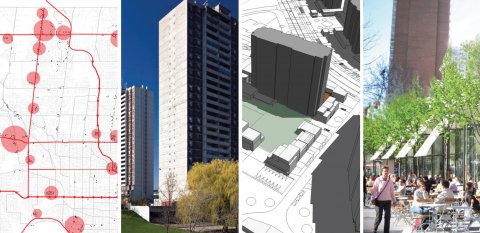Manitoba's Amalgamated Rural Region: A Step Forward?
1:00pm to 2:30pm Central Time
Free Webinar
Following several decades of losing population, more than 80 communities in Manitoba fell below the minimum requirement of 1000 people to maintain their municipality status. In 2012, the Provincial government responded by an initiative of modernizing rural municipalities, with particular interest to smaller municipalities in the southwest. The amalgamation initiative was informed by applied research that examined functional economic regions as possible local boundaries. Based on where residents live and work, new rural regional municipal amalgamations were proposed. These findings along with provincial activities and resources shaped the process, while requiring local decisions, which resulted in 47 municipal amalgamations. This presentation will provide details related to the functional economic regions and overview the amalgamation chronology.
Discussions will include how you might characterize this initiative, including for example, was this initiative a marriage of top-down and bottom-up or was it an example of a negotiated approach where two levels of government played their own roles or was it simply an imposition on local autonomy?
Register now
RSVP by December 12, 2014
Presenting is Dr. Bill Ashton; the Director of Brandon University's Rural Development Institute (RDI). Bill continues to advance research and discourse on public policy, with particular interest in policy development processes. His career as a practitioner and researcher has taken him across Canada and elsewhere, and he is currently active with topics of immigration, welcoming communities, and economic development in rural, northern, and remote areas. Community based projects that contribute locally and provincially to economic, social and environmental development are important touchstones in Bill’s knowledge and experience. He strives to work toward opportunities and develop partnerships that will make a difference within many organizations at different geographic scales and contribute to sustainability.










